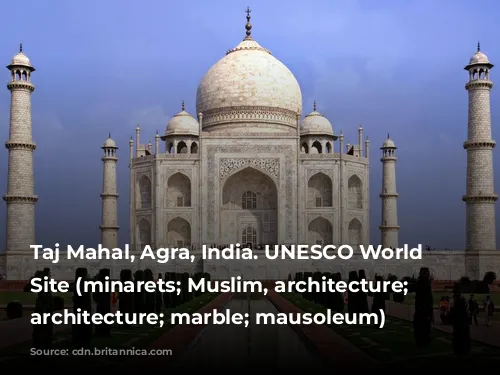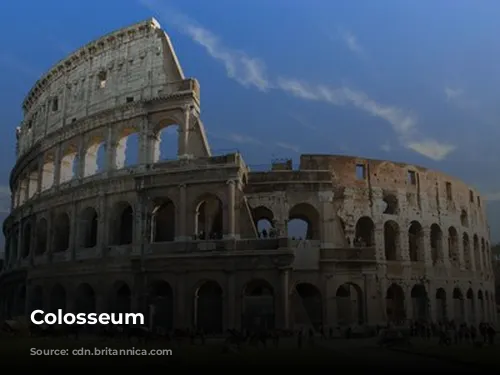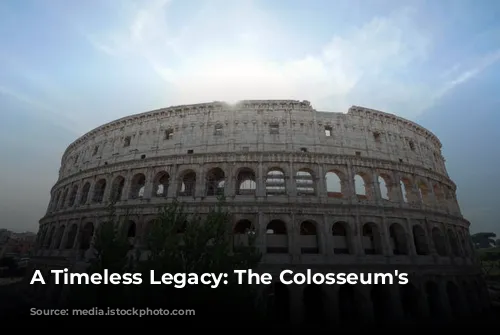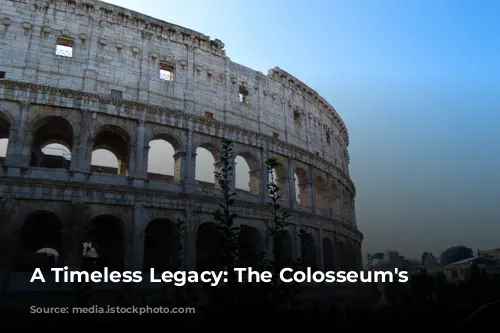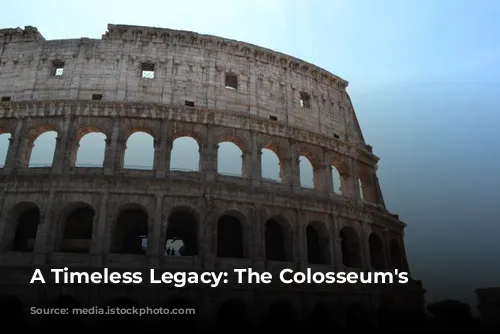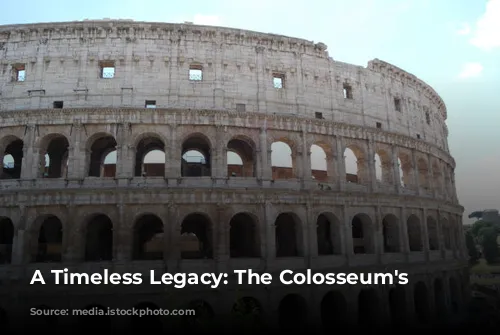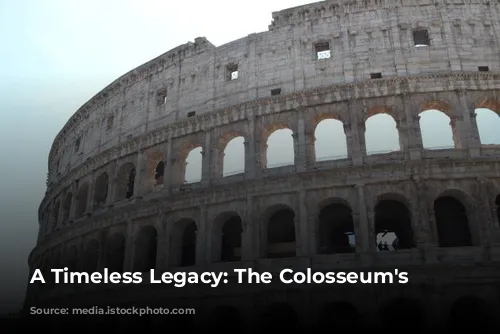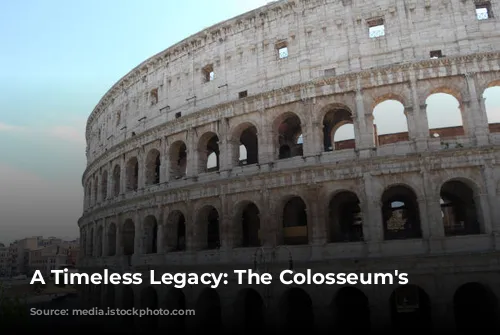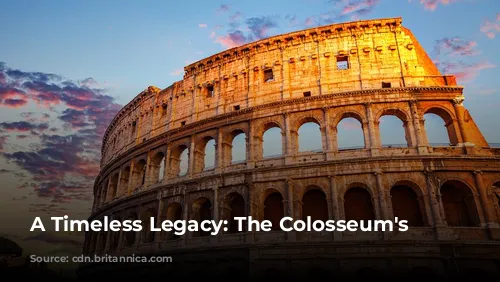The Colosseum, a magnificent testament to Roman engineering and architecture, stands tall as one of the few surviving structures from the ancient Roman Empire. This iconic landmark continues to captivate visitors, playing a vital role in Italy’s tourism industry.
A beacon of history, the Colosseum stands as a reminder of the empire’s power and artistry. It stands as a major tourist attraction, drawing millions of visitors each year and generating significant income for the Italian government.
The Colosseum’s impact extends far beyond its tourism appeal. It serves as a window into ancient Rome’s culture, showcasing the grandeur of the Roman Empire. The Colosseum, the Roman Forum, and Palatine Hill together generated an impressive $63.3 million (€53.8 million) in revenue in 2018, solidifying its position as a top tourist attraction in Italy.
A History of Change: From Arena to Fortress
The Colosseum’s journey through time is as compelling as its architectural marvel. Its history is marked by periods of grandeur, neglect, and revival.
Following the fall of the Western Roman Empire, the Colosseum endured a long period of neglect. This iconic arena, once the scene of thrilling gladiatorial contests, fell into disrepair. It was repurposed for less grand purposes, first as a fortress by Roman families and later as a quarry for building materials.
After centuries of neglect, the Colosseum’s fate took a turn for the better in the 1990s. State-funded restoration efforts breathed new life into this ancient wonder, bringing it back to its former glory.
A Symbol of Power: From Emperor’s Vision to Public Spectacle
The Colosseum’s story is intricately linked to the Roman emperors who shaped its destiny. This monumental structure was born from an imperial vision to revitalize Rome after a turbulent period.
Emperor Vespasian, who came to power after a chaotic year marked by four emperors, sought to rebuild Rome. He envisioned the Colosseum as a symbol of power and unity, a magnificent entertainment venue for the Roman people.
Designed as a venue for gladiatorial fights, animal hunts, and even mock naval battles, the Colosseum was intended to entertain the masses and instill a sense of imperial grandeur.
Construction began under Vespasian, with his son Titus later dedicating the completed structure in 80 CE. The Colosseum was funded with spoils taken from the sacking of Jerusalem, a poignant reminder of the empire’s vast influence.
A Monument to Engineering: Building the Colosseum
The Colosseum stands as a testament to Roman engineering prowess, showcasing the technical skills and artistry of the time. It is an elliptical structure, built using materials like stone, concrete, and tuff.
Standing four stories tall, the Colosseum measures an impressive 620 by 513 feet (189 by 156 meters). It boasted a capacity of 50,000 spectators, showcasing the scale and ambition of Roman engineering.
Built on the grounds of Nero’s Golden House, the Colosseum represented a deliberate shift in power from a single ruler’s extravagance to a public venue for the people. The Colosseum’s construction utilized innovative techniques, including a complex system of barrel vaults and groin vaults.
A Stage for History: From Gladiatorial Combat to Restoration
The Colosseum’s history is filled with dramatic events. Its arena witnessed gladiatorial contests, animal hunts, and mock naval battles, providing entertainment and spectacle to the Roman masses.
The arena was equipped with a retractable awning called a velarium, which shielded spectators from the sun. This intricate system required hundreds of sailors to manipulate its rigging, showcasing the Romans’ advanced engineering skills.
While the Colosseum played a vital role in Roman society, its use for the martyrdom of early Christians remains uncertain. However, it is clear that this grand arena served as a stage for countless historical events.
Through the centuries, the Colosseum underwent changes, serving as a church, a fortress, and even a quarry. It faced damage from natural disasters, vandalism, and neglect.
However, the Colosseum’s story is one of resilience. The 19th century saw efforts to preserve this monumental structure, and the 1990s witnessed a major restoration project. Today, the Colosseum stands as a reminder of Rome’s past, a testament to its engineering prowess, and a source of pride for Italy.
The Colosseum stands as a symbol of Rome’s enduring legacy, a reminder of its past glory and a testament to the human spirit’s ability to create, rebuild, and preserve. It continues to draw millions of visitors each year, who come to marvel at its grandeur, appreciate its history, and experience the spirit of ancient Rome.
